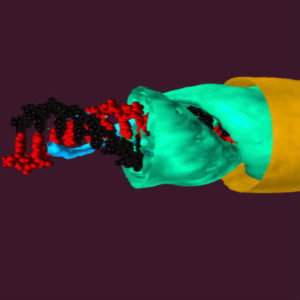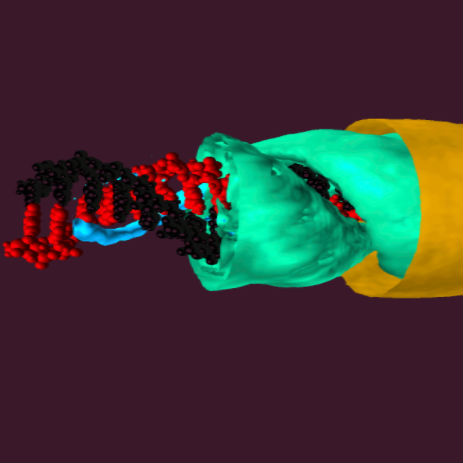 The 3rd International Workshop on In Situ Visualization has issued it’s Call for Papers. Held in conjunction with ISC 2018, the WOIV 2018 workshop takes place June 28 in Frankfurt, Germany.
The 3rd International Workshop on In Situ Visualization has issued it’s Call for Papers. Held in conjunction with ISC 2018, the WOIV 2018 workshop takes place June 28 in Frankfurt, Germany.
Our goal is to appeal to a wide-ranging audience of visualization scientists, computational scientists, and simulation developers, who have to collaborate in order to develop, deploy, and maintain in situ visualization approaches on HPC infrastructures. We hope to provide practical take-away techniques and insights that serve as inspiration for attendees to implement or refine in their own HPC environments and to avoid pitfalls.
Large-scale HPC simulations with their inherent I/O bottleneck have made in situ an essential approach for data analysis. The workshop “In Situ Visualization: Introduction and Applications” provides a venue for speakers to share practical expertise and experience with in situ visualization approaches. We encourage contributed talks on methods and workflows that have been applied in this scenario.
For this 3rd edition of the workshop, we additionally encourage submissions on approaches that either did not work at all or did not live up to their expectations. We therefore expect to get first-hand reports on lessons
learned. Speakers should detail if and how the application drove abstractions or other kinds of data reductions and how these interacted with the expressiveness and flexibility of the visualization for exploratory analysis or why the approach failed.
Topics:
In situ infrastructures:
- Current Systems: production quality, research prototypes
- Successful and unsuccessful approaches, dead ends
- Opportunities / Gaps
System resources, hardware, and emerging architectures:
- Enabling Hardware
- Hardware and architectures that provide opportunities for in situ processing, such as burst buffers, staging computations on I/O nodes, sharing cores within a node for both simulation and in situ processing
- Methods/algorithms/applications/Case studies
Best practices:
- Analysis: feature detection, statistical methods, temporal methods, geometric methods
- Visualization: information visualization, scientific visualization, time-varying methods
- Data reduction / compression
- Examples/case studies of solving a specific science challenge with in situ methods / infrastructure.
Simulation:
- Integration: data modeling, software-engineering
- Resilience: error detection, fault recovery
- Workflows for supporting complex in situ processing pipelines
Requirements:
- Preserve important elements
- Significantly reduce the data size
- Flexibility for post-processing exploration
Submissions are due April 24, 2018.




